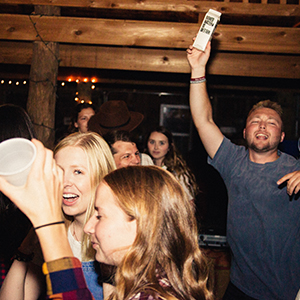If you’ve been keeping an eye on the housing market, you’re likely aware that it’s been a rollercoaster ride. Mortgage rates are on the rise, and for prospective homebuyers, it’s presenting a unique set of challenges.
Lets explore what’s happening in the housing market and why more adults are considering moving back in with their parents.
As fall’s buying season kicks into high gear, mortgage rates are nearing 8%, making affordability a major concern. Some aspiring homeowners are finding themselves in a tricky spot, prompting a surprising solution – moving back in with mom and dad. The aim? To save up for that dream home.
Clare Trapasso, Realtor.com’s executive news editor, notes that while family assistance for homebuying is nothing new, it’s taking on a new twist. In a recent survey from Realtor.com and Censuswide, it’s revealed that of those planning to buy a home within the next year, 51% are potentially looking to their parents for financial help, while 29% have already made the move back home to save money.
So, what’s driving this trend? Climbing rents and inflation have significantly impacted the savings potential of prospective homebuyers. As a result, creative solutions are being sought to achieve homeownership, and turning to family members is an attractive option for many.
Savings vary depending on location and arrangements, but living rent-free at home for a year could save buyers over $20,000. While this might not cover a full down payment, it’s a significant boost to their savings.
But how long are these adults planning to stay with their parents? The data doesn’t provide an exact answer, but since respondents are planning to buy within the next year, it’s safe to assume that the living arrangement will last around 12 months or less.
The difficulty of paying high rent costs while trying to save for a home is a major issue. Even though rent prices have cooled off somewhat in recent months, they’re still approximately 25% higher than pre-pandemic levels. This, coupled with soaring home prices, makes saving for a down payment even more challenging.
Mortgage interest rates are adding to the complexity of the situation. In October, rates hit multi-decade highs, and when combined with elevated home prices, the monthly cost of financing a home is more than double what it was just four years ago. While moving back in with family can help save for a down payment, the monthly cost of homeownership remains a significant barrier for many potential buyers.
In this ever-evolving housing market, creative solutions like moving back in with parents are becoming increasingly common. While it may not be the dream scenario for everyone, it’s a practical strategy for some to overcome the hurdles of high rent, soaring home prices, and increasing mortgage rates. So, whether you’re considering this path or exploring other options, it’s important to stay informed about the ever-changing landscape of the housing market.






